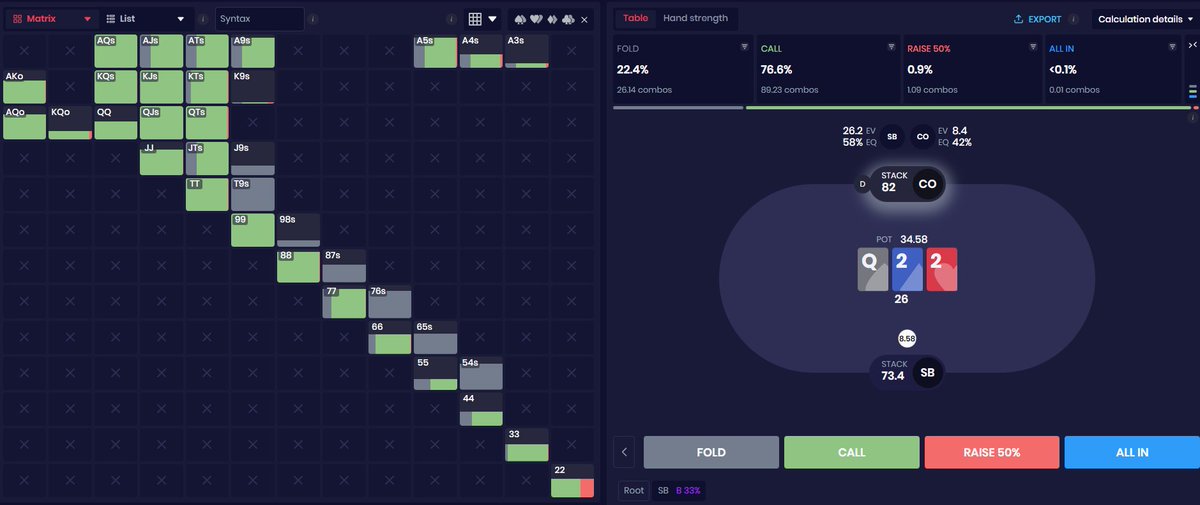Planning to attend the WSOP this year in Vegas? Whether you’re a seasoned pro or first-timer, you’ll benefit from reading some of the information and tips below.
👇
👇
1/ Plan ahead. This is a big series. It’s important to book your flights and accommodation early. Make sure you have your passport and any travel documents (visas) that you may require. Being early will save you money that you can use for buy-ins (you’ll need a lot of them).
2/ Accommodation: Your best bet is somewhere on the strip near the Horseshoe. If travelling with others, consider an Airbnb. You can compare between hotels on the Caesars or MGM resorts sites. Beware of resort fees.
3/ Tournament schedule: The WSOP schedule can be found here: wsop.com/tournaments/. You may want to check out some of the non WSOP tournaments that run during the series: thehendonmob.com/vegas/
4/ Your play schedule: You’ll want to factor in day 2s when creating your schedule as well as potential break days. It’s a long summer and you’ll feel the toll of the grind at some point.
5/ Tournament registration: Don’t spend hours waiting in lines because you weren’t prepared. You can register online via the bravo app here: wsop.com/registration/ so it’s best to figure this out early rather than later.
6/ Food options: Once you get there you’ll want to scout around for different places to eat during your dinner break. There’s a lot of options. The key is to try to avoid ending up queueing for food.
7/ Following for more #WSOP tips coming up!
@threadreaderapp unroll
• • •
Missing some Tweet in this thread? You can try to
force a refresh

 Read on Twitter
Read on Twitter

















